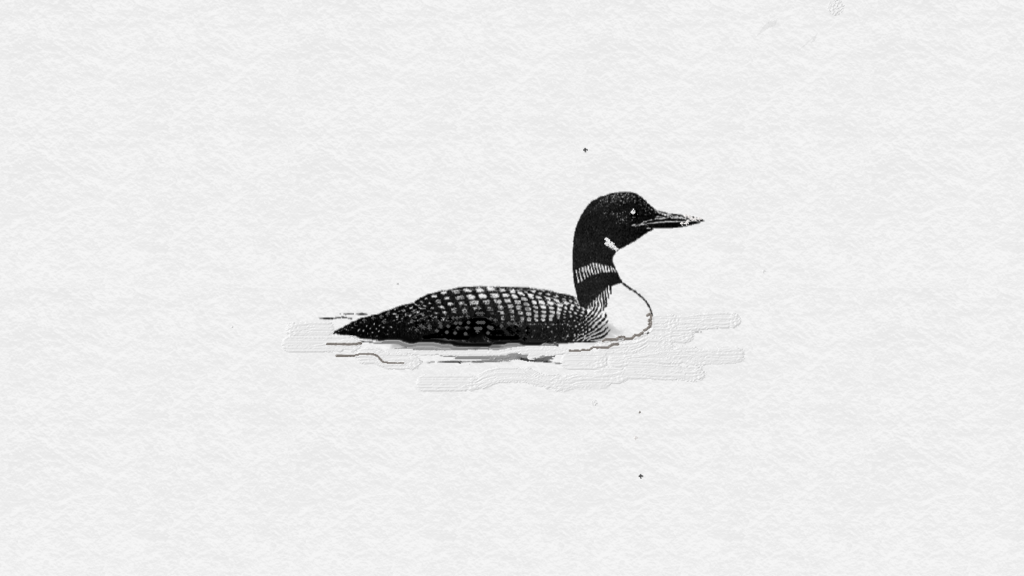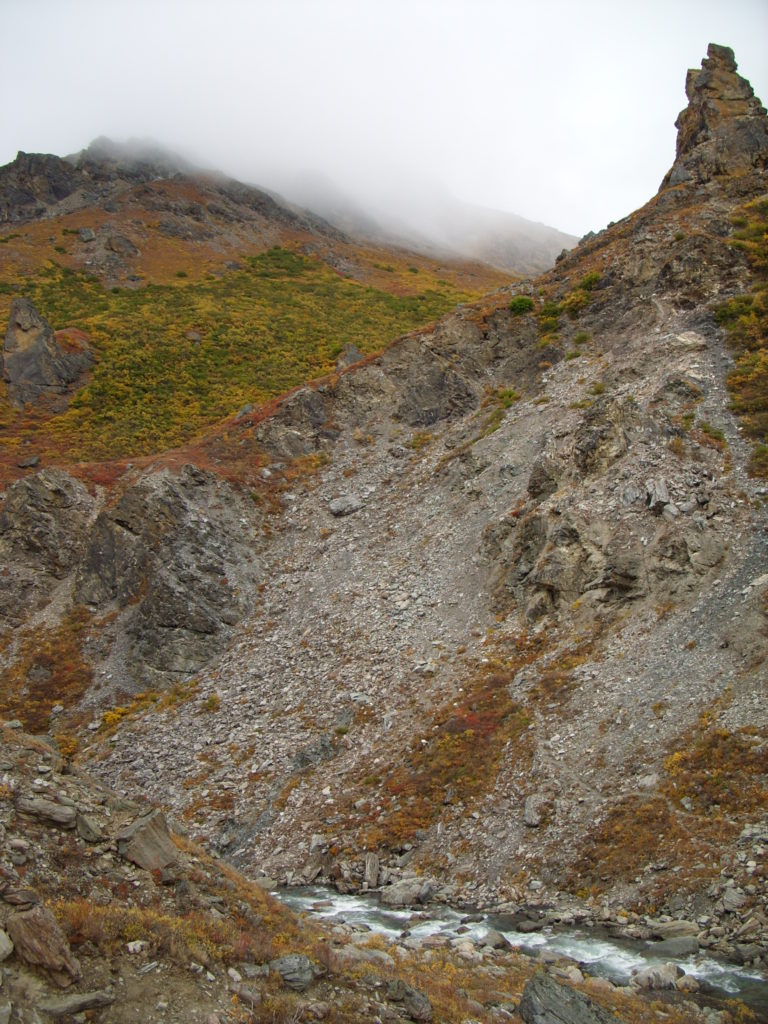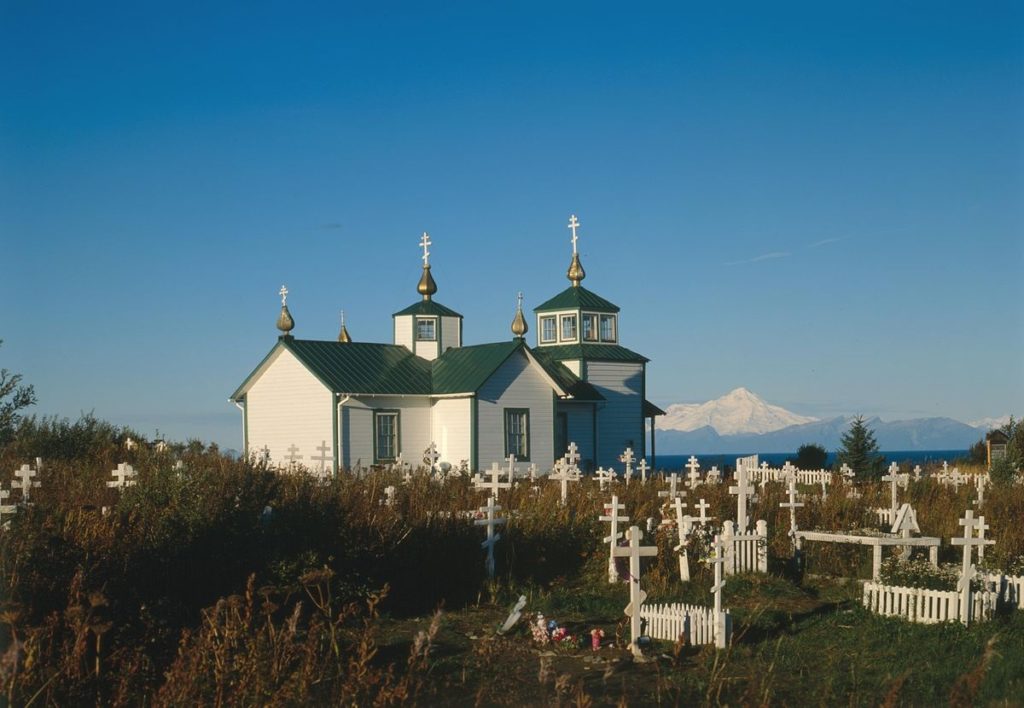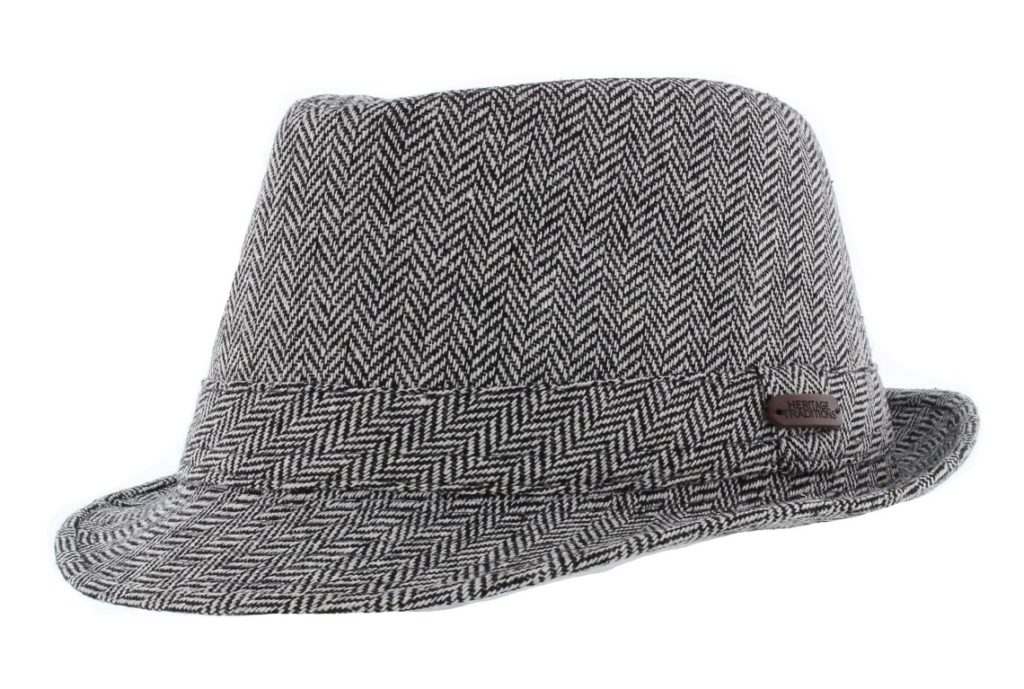The snow fell quietly, covering the settlement in a thick white blanket. The shaman had told Okwana she’d recognize the singing hut by the large narwhal ivory which jutted up out of the roof; it whistled when the wind raced over the ice, he’d said. The flakes flew round her in eddies, whipped up by a strong wind. Her baby Koto was secured to her back in his flatboard, getting heavier and heavier and she clung to the straps, struggled over the snowdrifts through the blizzard. And listened for the whistle.
But no whistle came. Just the wind moaning. The feathers round Koto’s parka fluttered at her neck – young fish-eagle feathers she’d found down by the water’s edge, soft and fluffy to keep him warm. He’d grown so much, so very quickly. Extraordinarily quickly: now his head came above the top of the board, his feet hung well over the edge below,,and the straps were barely long enough to go round him. He was very quiet on her back until at last the tip of the tusk emerged through the scurries, it soared up through the snow cloudsfrom the roof of the singing hut like a dead tree. Ahead of he she could just make out a group of hunched up figures climbing over the drifts, these must be the elders in their capes, and the noise must be the scrunch of their boots in the snow. Was that really the wind squealing, or was it the tusk? Or was it them arguing about her escape?
The shaman stood at the entrance of the singing hut, whistling everyone in, blowing on his soul catcher as frantically as the blizzard itself. A band of owl’s claws swung from his forehead, tufts of feathers and straw bristled in his hair and a puffin’s beak poking through the straw at the top clacked open and shut while he rolled his head round and round, beckoning everyone in, jabbering through blackened teeth and waving his arms, shells and claws rattling round his wrists. Inside, carpets and rugs rose and fell like flags on the rafters as the gusts rushed in from the door. A large oil lamp was burning; the flame shot sideways and Okwana had a glimpse of a face which immediately slip behind a mask. Thick plaits stuck out at the sides; the lips were made with strips of caribou hide; white irregular teeth jutted out of them like thick icicles. The chin was festooned with long white feathers. Okwana recognised her as the girl from the market. There were many more faces, all of them vanishing behind their masks as they gathered in a circle round the room.
The shaman beckoned Okwana into the centre. The masks had come alive: thick swollen mouths crawling sideways out to the ears; thinner mouths cut into the leather sinking back into swollen jowls; eye sockets deepened, lined with fur and dark eyes lit up behind them. There were other masks carved out of driftwood; they were all laughing even though she couldn’t hear them, their faces were creasing up with chiselled lines. Other faces in dark leather with flat cheeks stretched into smooth, expressionless plains; foreheads scored with crevasses, crowned with scraps of cloth and ivory bouncing up and down. One of the heads jerked, leaned sideways; something flapped over the eye slits; it mumbled through its fixed lips. Then it veered away and the cloths on the forehead splayed out like spokes in a wheel. Another mask with a squashed nose leered in, swerved away.
Koto was kicking in his flatboard, whimpering. She undid the straps, pulled him round, held him close to her. The shaman leapt up from the circle, collided with the carpets in the rafters above and landed in a cloud of dust by mother and son, the puffin beak clacking shut on his head. Koto squealed. The shaman brandished his hand-drum, shook his wrists, his ivory talismans smacked the surface over and over; he swayed his hips, hummed, stomped the ground, swung his head from side to side.
The masked elders and the young market girl stooped down on their haunches and shuffled up closer, swaying from side to side with the shaman’s rhythm, thrusting forward their necks and chins, eyes through the slits fixed on mother and baby. The market girl thrust her hand in her cloak, pulled something out and threw it oto Okwana. She looked down, wary, then slowly stretchded out her hand to touch it: a mask made of sealskin, soft and silky, lined with feathers. She brought it to her face and pulled the strap round her head. It hugged her cheeks: seal skin against Sealskin, Fulmar feathers round the edges. She pulled the strings tighter to her face, adjusting the form but Koto started to wave his arms and kick and cry because he’d seen the claws fixed to the chin. They were Thunderbird claws.
The shaman leapt up again, waving his rattle. His breath was bellowing out through his mask in rhythmic clouds. He rushed out of the circle, tripping over the market girl’s shawl. Everyone let out a whooshing noise then noisily sucked the air through the holes, leered round to see where he’d gone. But he was already back, bustling into the centre again, leaping over the shawl, nimble on his withered leg and thrusting out his fist. He wielded an adze, slashed the air and let out a fierce whistle. Everyone whistled, so many eyes glinting behind the masks.
“Out!” the shaman cried. They echoed his cry, flung up their hands. Because something was scrabbling on the floor away from the flames, outside their circle. All the masks swivelled round to the thing which ran sideways, backwards, then paused, lifting its miniature forearm. Then it was off again, scrambling over loose cutlery and bowls. It dashed into the circle, stopped for an instant by Koto.
It was a tupilak, a tiny black figure hesitating now on all fours and it jerked its skeleton hand, flashed its white eyeballs round the room. The shaman sliced the air with his adze again; the tupilak shrank back into a ball, darted under the cloaks of the elders then away to the back of the hut. All the masks – and Koto’s eyes – followed its route to see where it ran to while the shaman whipped the air with his hand. The tupilak reappeared, this time round the opposite end of the circle by someone’s foot, white eyes bulging, flicking back his tiny black skull, then pitter-patter on nifty feet into the shadows behind.
The shaman panted loudly as he chopped his adze up down up down while the tupilak ran round and round only to vanish behind the pots. The elders in their dark masks sat clutching their knees as the shaman clattered through the pans and boxes and spoons and rattles trying to catch it. But he couldn’t. He stopped to catch his breath, rested against the back wall, throat wheezing through his mask. They all sat silent waiting for the next move. The shaman then pulled something out from the bowls near the door flap, came back into the circle clutching it, a small, thin drift-wood box decorated with ivory seals, dogs, bears, miniature people in ivory kayaks lining the top and the sides. He climbed over the elders, stopped in the centre next to Okwana and Koto and crouched on his haunches then opened the box. All the masked figures leaned in, peering through their eye slits as he lifted out a small streamlined figure. It was carved smoothly in green soapstone. He held it up in his gnarled hand and it shone almost translucent in the light of the flame, a slippery-looking creature as if covered with water. The head was human, the hands were fins, the arms moulded into a slithery form tapering into a fan-shaped tail.
Everyone sighed through their masks, “Ah!” and shrank back. He held it up, waved it above his head, and turned it in a slow spin.
“Sedna, !” his crackly voice rose on the last syllable. And then the elders chanted through their masks. “Takanakapsaluk, Takanakapsaluk, waves heave in your wake; sigh long and lay back; roll, turn, Queen of the Sea, you circle the world.”
He held it out to Okwana. Slowly, carefully. She ran her fingers over it, it slid cold on her skin; it was strangely smooth and not wet despite its slippery aspect, and there was something in the angle of the tail fin whipping back in a sharp curve which made her pull her hand away.


____________________________________________________________
This extract is taken from an ongoing work The White Lady.















